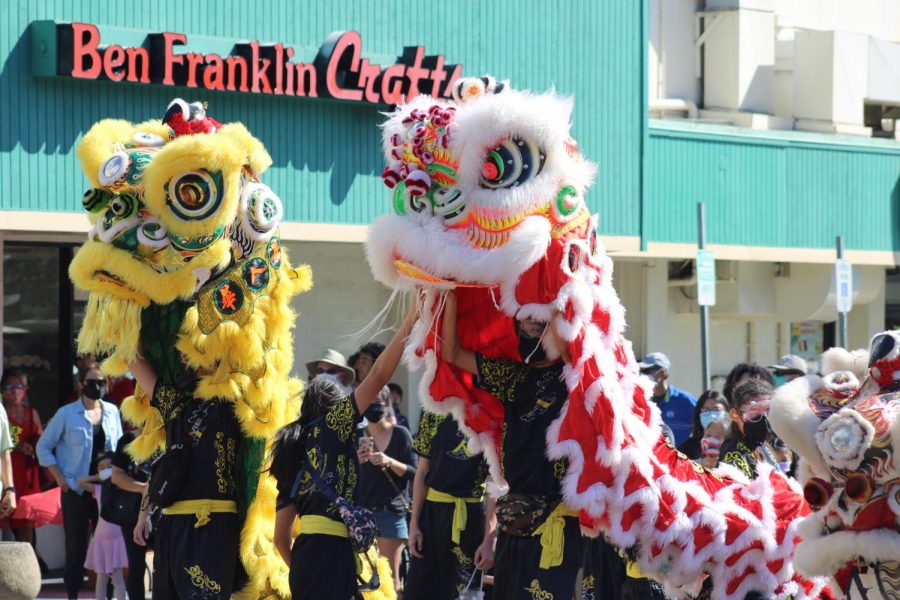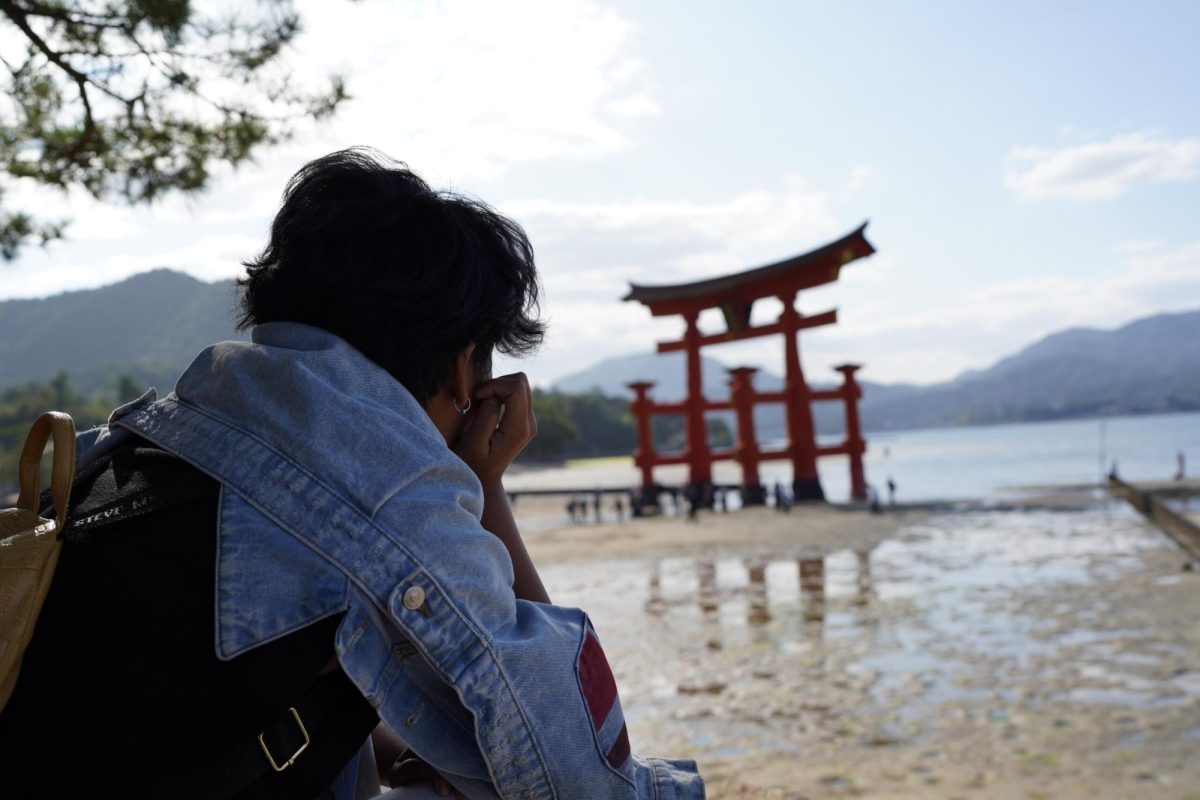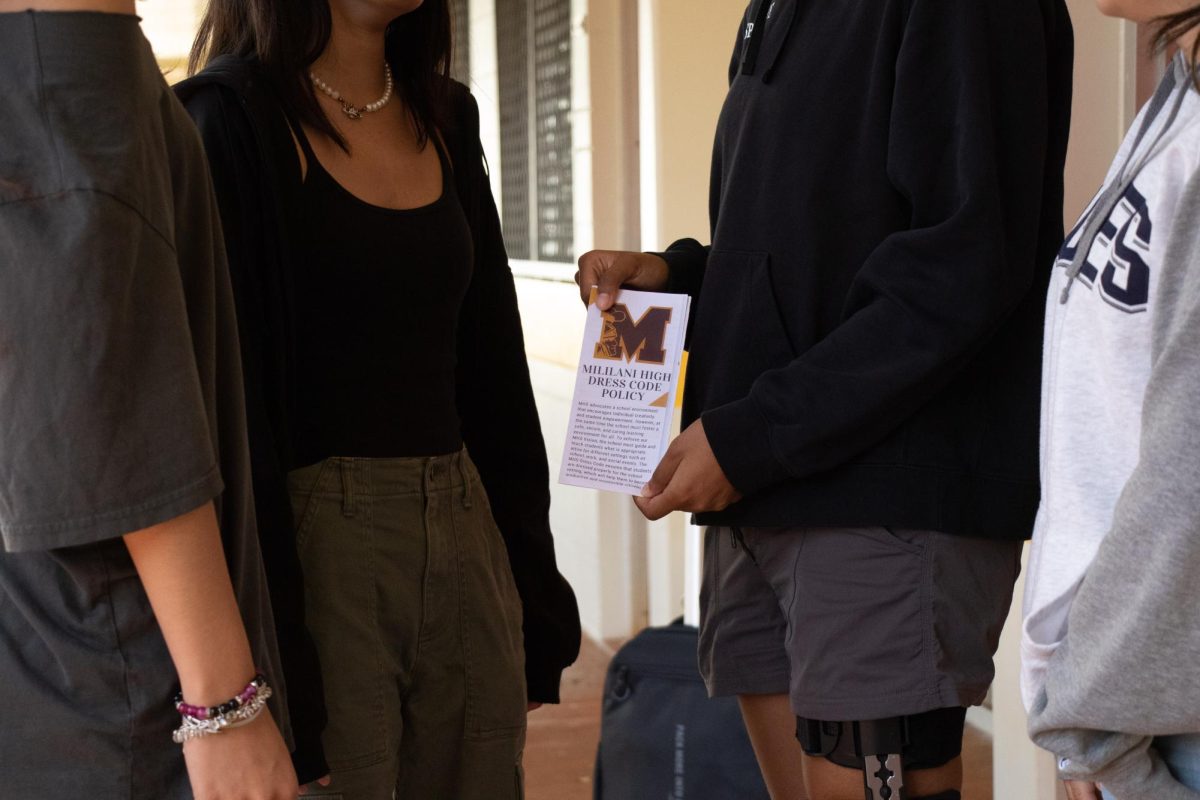Lunar New Year in Modern Day
February 16, 2022
A time for families to come together began once more as February 1 marked an eventful holiday for millions: Lunar New Year. Each year, this holiday commemorates and welcomes the beginning of the lunar calendar and gives families hopes for future prosperity. While originally celebrated in China, Lunar New Year has grown in popularity, serving as a day that emulates Chinese culture for communities around the world.
“Well, it’s an important time for families to get together and wish each other prosperity and good luck. My own parents and grandparents are Chinese so it’s a way of sharing the culture with them,” said junior Joshua Chen.
In order to welcome the new year, the holiday requires many preparations from those who celebrate it. In China, shops and businesses close for at least a week. Chinese and Chinese-American families spend their time decorating the house with lanterns and Chunlian, which are red couplets adorned with poetic sayings that center around the welcome of luck or the hopeful arrival of the spring season.
“We always clean the house, like completely cleanse, try to make everything clean, everything new,” said junior Yun Hao He.
Cleaning the house is another tradition practiced during the season, part of a superstition to bring about luck for the new year. Efforts to clean and organize instill a sense of new beginning for the upcoming year. However, dirt and dust are to be kept within the house for around five days before being disposed of. Prematurely doing so will sweep aside the good luck. Many of the activities, and even the foods eaten, serve as means to coerce luck into the upcoming year.
“My mom would make us eat peanuts because apparently the more a child eats peanuts, the longer the parents will live, or something like that. So she’s always like, ‘I want to live longer! Eat,’” said sophomore Emma Taylor.
Lunar New Year shares many similarities to celebrations that are prevalent in the west. During the celebration, families spend their time watching the Spring Festival Gala, a nationally televised broadcast featuring singers, comedians, and actors. It shares resemblance to the Times Square celebration in New York, fireworks and firecrackers included.
“The firecrackers are a part of a tradition where there’s this monster called the Nian and the firecrackers were supposed to scare it away,” said Chen.
A key element during the holiday is the time spent with family. For some, it’s the only time where they find the opportunity to celebrate with loved ones. This may be shown through eating a plentiful amount of food at a dinner feast or exchanging hongbao, which are red envelopes with money inside. Along with serving as a way to express one’s appreciation, the envelopes are also given out because the color red is associated with ideas of luck and prosperity. However, those who live away from China find themselves facing different experiences when connecting with their family.
“It makes me feel more connected to my mom’s side of the family because they can’t communicate in English, so I have this link then, you know,” said Taylor.
However, the celebration’s true nature and essence is often overlooked as countries outside of China hold a more stereotypical perception of Lunar New Year. This is commonly seen in western countries that aren’t well-versed in East Asian traditions and therefore lack a proper understanding of its purpose and origin. Instead, ideas of Chinese food and the Chinese Zodiac tend to be overly associated with the holiday.
“People know of Lunar New Year here, but it’s more westernized and used for commercial use. It’s not really that they know the meaning of it,” said Chinese language teacher Andrea Chen.
Upon discovering and reconnecting with one’s own cultural roots, some may draw a sense of revitalization and belonging. Many living in the west have begun to discover parts of their own history and ancestry, finding it to be intertwined with their identity. The celebration of Lunar New Year offers a time for those who live away from China to reconnect with parts of their own heritage and culture.
“ My family has really tried to implement themselves into American culture and this is the one time of the year that I really get to experience my culture,” said He.
Holidays such as Lunar New Year provide a chance to learn more about different cultures and experiences that many aren’t familiar with. The same could be applied to holidays like Dias de los Muertos or Hanukkah where the opportunity to find resonance with culture is provided. While in times of difficult circumstances, it’s easy to forget the hope of celebrating new opportunities with friends and family, and the holiday can help to rejuvenate that.
“I think just because we have so many people and cultures and races in our country, that it’s important to kind of understand them and learn about them and as a melting pot sort of celebrate the differences that everybody brings and the different cultures and everything that America represents, really,” said Andrea Chen.
Lunar New Year is not just an opportunity to pop firecrackers and eat food, but a chance to celebrate culture and spend time reconnecting with others. Celebrating the holiday in a western world has brought its own challenges such as a sense of western conformity or ignorance from those who don’t understand the holiday’s significance Yet, despite these challenges and even the distance from China itself, the holiday found a way to prevail and provide meaning for many. Opportunities such as the Chinese club and Chinese language electives serve as a way of not just learning about the language, but becoming more knowledgeable and aware of bits of culture that may go unnoticed.




